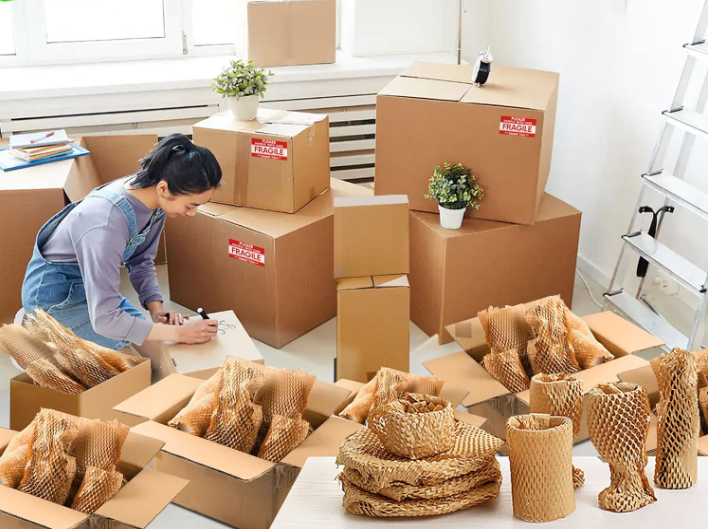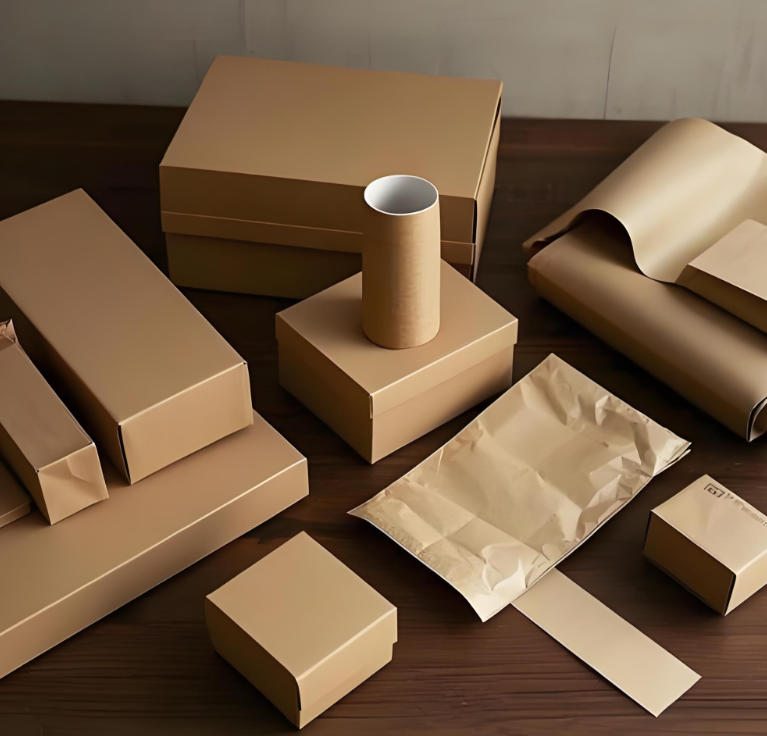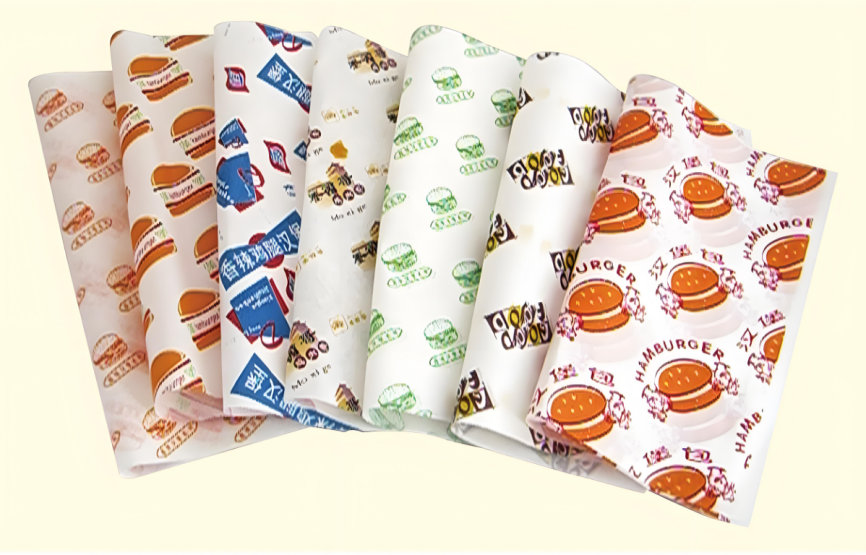Where Can I Find Christmas Gift Packing Materials Near Me?
In today’s landscape, where consumer experience and brand image are magnified, the choice of packaging materials has become a pivotal decision in brand strategy.When businesses develop new products or expand into new markets, they often face a practical challenge: how to quickly find reliable packaging material suppliers while ensuring quality and controlling costs?
This is the real need behind many brands searching for “packing material near me”—they are looking not just for a supplier that is geographically close, but for a partner who understands their product, their industry, and their brand’s unique requirements.
As sustainability and localized sourcing become mainstream trends, brands are no longer solely focused on packaging aesthetics. Instead, they are paying closer attention to environmental performance, supply chain flexibility, and cost control.It is against this backdrop that MTPAK provides global clients with one-stop packaging material and customization solutions—from design and material selection to production and delivery—helping brands achieve a balance of functionality, aesthetics, and sustainability.
Why are packaging materials so critical?
For brands, packaging is not just the final step before a product leaves the factory—it is the starting point of the product journey. From warehousing and transportation to display and consumer experience, packaging touches every part of the supply chain. In this process, the choice of packaging materials often determines whether a product arrives safely, whether the brand image is effectively communicated, and whether brand value is accurately perceived.
Good packaging material is not just about being “good enough”—it ensures the product remains intact even in challenging conditions.
It must resist deformation during stacking and transit, remain stable in humid or high-temperature environments, and convey a sense of quality and trust when held by the consumer. For decision-makers, achieving this balance is not easy: it requires juggling function and cost while aligning with sustainability trends and regulatory requirements.
Therefore, when brands ask, “Which packaging is right for me?” what they really need to consider is the systemic logic behind the material—how does it affect supply chain efficiency? How does it reflect brand positioning? And how does it contribute to a sustainable strategy?
This is the true meaning behind “packing material near me”: it is not just a geographical search, but a strategic choice that impacts a brand’s long-term competitiveness.
What are the common types of packaging materials?
Whether it’s retail products, electronics, or food and beverages, every product “communicates” through its packaging. Different materials deliver different sensations—touch, appearance, and protective qualities—and together, they form the first layer of a brand’s expression.
Paper-based packaging is a top choice for many brands. Lightweight, natural, and recyclable, it suits a wide range of applications—from premium gift boxes to takeout bags.
Kraft paper, known for its durability and eco-friendly appeal, is widely used in food and e-commerce. White cardstock, with its smooth surface and excellent printability, is a staple in cosmetics and high-end retail. Corrugated cardboard, meanwhile, is the workhorse of shipping packaging, ensuring safe delivery from warehouse to store. Today, with innovations in moisture resistance, grease resistance, and composite coatings, paper packaging is evolving from traditional to functional and high-end.
In applications requiring strong sealing and barrier properties, plastic packaging still plays a vital role. Its moldability and light weight allow brands to protect product integrity efficiently.
Transparent PET is ideal for beverages and snacks where visibility matters. Soft PE offers safety for frozen goods. BOPP film, known for its gloss and superior print results, remains popular in snacks, pet food, and fast-moving consumer goods. That said, plastic packaging is also undergoing transformation—with the growing use of biodegradable films and recycled plastics, it is reclaiming a place in the sustainable packaging landscape.
When stronger protection is needed, metal and composite materials come into play.
Aluminum foil composite films block oxygen and light, preserving the freshness of coffee beans and spices. Metallized films offer not only light weight and excellent barrier properties but also a metallic visual effect that elevates the perceived value of the packaging. In recent years, paper-plastic composite structures have emerged as a trend that balances functionality and sustainability—combining the natural feel of paper with the protective performance of plastic films, making them popular among premium food and retail brands.
At the same time, new eco-friendly materials are shaping the future of the industry. Compostable films, plant-based PLA, and molded pulp trays—these innovations are more than just “alternatives.” They are vehicles for brands to communicate their commitment to sustainability. They represent a more responsible design logic: protecting both the product and the planet.
From paper to plastic, from metal to new materials, the evolution of packaging has never stopped. Together, these materials form what seems like a simple outer layer—but in reality, they are a strategically vital “skin” that serves as a bridge carrying safety, trust, and emotion.
What advantages does localized sourcing offer?
When brands search for “packing material near me,” they are often looking not just for a supplier that is geographically closer, but for a more efficient, controllable, and sustainable supply model. In an era of rising global supply chain uncertainty, localized sourcing is becoming a priority strategy for more and more brands.
It puts time back under the brand’s control.
During peak seasons, promotional campaigns, or new product launches, timing can be a decisive factor. Choosing a local supplier means shorter production cycles and lead times, allowing brands to respond more quickly to market changes—without long waits from design to launch.
Localization enables more flexible communication and collaboration.
Cross-border sourcing often involves challenges like time zone differences, communication delays, and cultural gaps—all of which can amplify risks. When production and service are within reach, brands can communicate more directly with suppliers about material samples, structural adjustments, or printing details. Projects move forward more smoothly, aligned with the brand’s pace.
From a cost perspective, local sourcing not only reduces transportation expenses and warehousing pressure but also helps lower carbon emissions—supporting green supply chain initiatives. For companies increasingly focused on ESG performance, this is an important element in sustainability reporting.
Localized sourcing helps brands build resilient supply chains.
In the face of raw material price fluctuations or global shipping instability, companies with a local resource network can adapt more quickly and maintain production continuity. This ability to respond flexibly is a reflection of long-term brand competitiveness.
For MTPAK, “near me” is not just a geographical concept—it is a service promise. We ensure that every step of the packaging process is closer to the brand, closer to the market, and closer to the consumer.
Conclusion
In the packaging industry, true competition has long moved beyond “whose materials are cheaper” or “whose printing is more refined.”
The future belongs to those who can strike a balance between function, sustainability, and brand value. From paper to composite materials, from localized supply to sustainable innovation, packaging is no longer just a part of the logistics process—it is an extension of corporate strategy. It shapes brand image, influences consumer experience, and reflects a company’s long-term commitment to the environment and society.
At MTPAK, we combine innovative materials with custom design to create packaging solutions that deliver both performance and beauty. We prioritize sustainability, helping companies achieve lower-carbon, more responsible production systems without compromising quality or cost. Through our globally positioned local services, we ensure that brands in any market can access fast, reliable, and sustainable packaging support.
Get in touch with MTPAK today to explore the next-generation packaging solution made for your brand.
Email:account@mtpak.com
Contact us:https://mtpak.com/contact-mtpak



